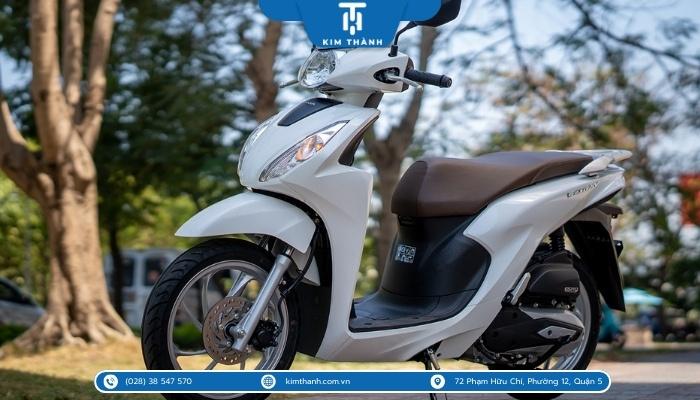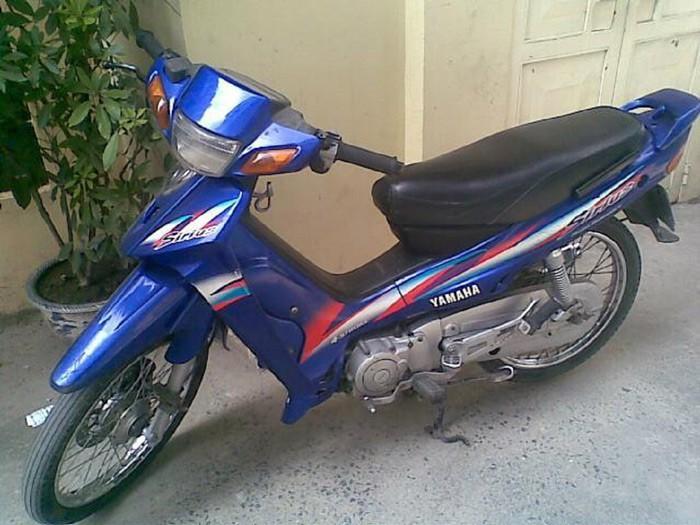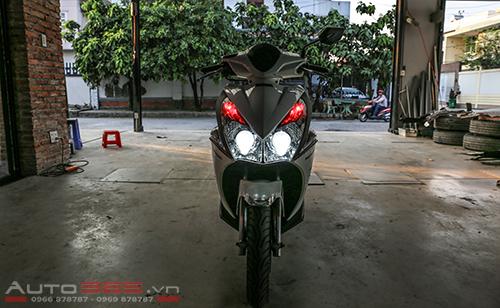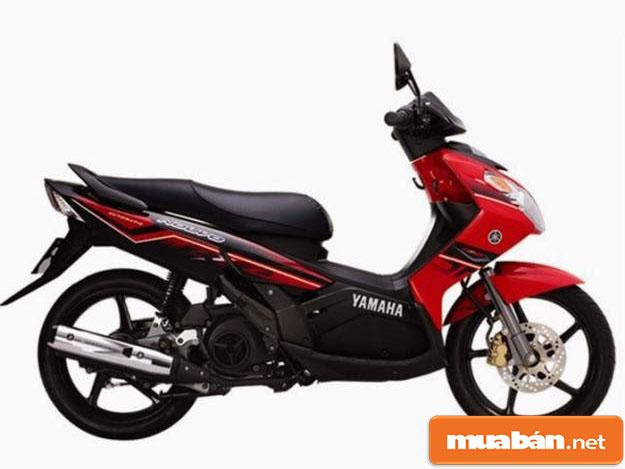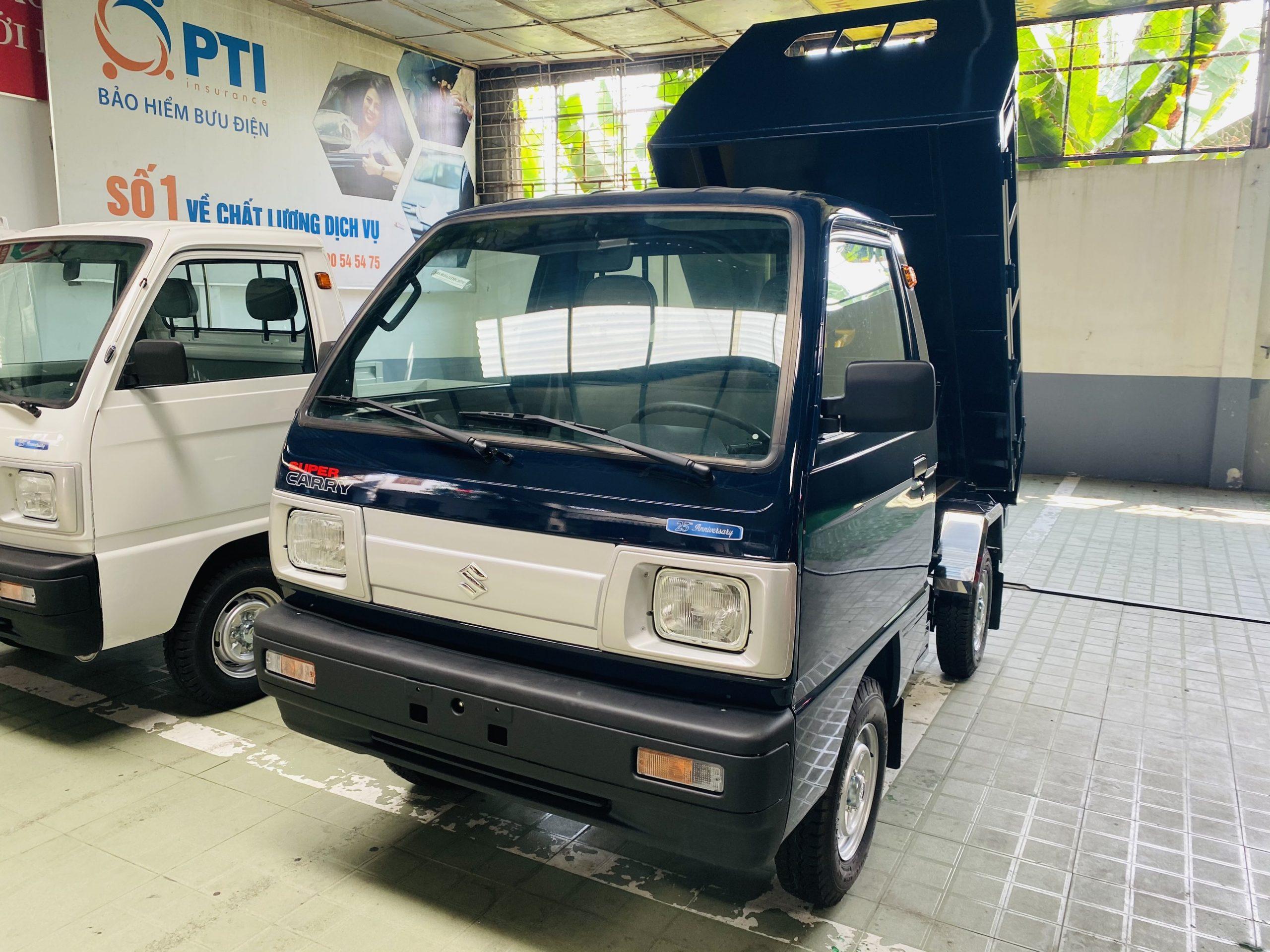Born from the trials of the World Rally Championship, the Mitsubishi Evolution X was the last of its kind, dying not because of unpopularity, but due to the dwindling finances and shifting priorities of Mitsubishi.
The Evolution was the successor to the Mitsubishi Galant, as the bigger Galant was unable to be competitive on tight, twisting rally stages. Mitsubishi’s solution was to transplant the engine and drivetrain from the Galant into the smaller Lancer chassis, thus creating the Lancer Evolution.
Originally, only 5000 units of the Evolution I were produced in 1992 and 1993 for homologation purposes, and sold only in Japan. This was followed in late 1993 by the Evolution II, and the rest is history. Interestingly, Mitsubishi never intended for the Evolution to be sold outside Japan, but demand from grey market or parallel imports showed that there was foreign demand, which led to the Evolution’s official introduction to Europe in 1998, and the States in 2003.
Motorist would like to extend our thanks to Sphere Automobile for loaning us the Mitsubishi Evolution X for this article.
What is this?

This is 2007 Mitsubishi Evolution, the tenth and final generation of the legendary Evolution nameplate. While production of the Evolution X only concluded in 2015 with 3,100 units marked as the “Final Edition”, this isn’t one of them. In fact, being from the 2007 model year, this could actually be one of the earlier units off the production line.
Compared to the other nine generations, the Evolution X was the only one that was available with either a five-speed manual or a Getrag-developed six-speed Twin Clutch SST (Sportronic Shift Transmission), which was Mitsubishi’s terminology for the dual-clutch gearbox. This also marked the return of the five-speed manual transmission to the Evolution line, after the Evolution VIII and IX were offered predominantly with a six-speed manual transmission.
Like its predecessors, it was offered with only one engine, a turbocharged 2.0-litre four-cylinder, or 4B11T. Being an aluminium block, and not a cast iron block like the 4G63T from the previous nine generations, this reduced weight by almost 12 kilograms, and also greater thermal efficiency, which results in cooler pistons, lower oil temperatures, and increased engine durability and longevity.

From the factory, the Evolution X had 280 horsepower and 422 Nm of torque, with power being sent to all four wheels. Depending on the transmission, weight differed. This unit, being a manual, weighed 1,520 kilograms, and took 5.2 seconds to accomplish the century sprint.
Honestly, to list the factory specifications is somewhat redundant. Being an extremely popular platform for modification, aftermarket support is abundant, and we daresay almost every Evolution X on local roads, even globally, has been fettled in one way or another. Even this particular unit has received a fair amount of modifications.
From what we were told, besides the aftermarket wheels, bigger brakes, air intake, cooling and exhaust system, this Evolution X has also been fitted with an uprated clutch, aftermarket intake manifold, larger turbo and upgraded internals, with a final claimed power figure of at least 400 wheel horsepower.
While we can’t verify the authenticity of the power figures, taking it for a short drive did give us a peek of just how angry the car was, and that was at speeds below triple digits. So just imagine how this car would feel once you properly get into boost. Best to hold on tight to your license.
Is it any good on the wallet?
Being as high-strung as it is, the Evolution X has proven to be fairly reliable overall. Granted, it drinks petrol, premium petrol, at quite an alarming rate, but if you are looking at buying one of these, you already saw it coming.
When new, Mitsubishi claimed 450 kilometres on a fuel tank capacity of 55 litres. That being said, it is doubtful anyone who owns an Evolution X would come close to that number, as those numbers are for a stock vehicle, and most units on the road are modified. According to owners, the range is at most 400 kilometres, or 7.2km/l, and that’s with a lighter right foot.

Although fairly reliable, there are still some things that should be taken note of. The 4B11T engine, in stock form, has firm limitations on how much power it can handle. This is unlike older Japanese platforms like Toyota’s 2JZ and Nissan’s RB26, which can both handle a fair increase in horsepower even in stock form. The stock turbo would most likely be the first to go, as it will be unable to handle the higher boost pressures required at higher power levels.
The stock cooling system has limitations too, and is prone to heat soak, especially under prolonged aggressive driving or long stints at high speed. This would be most pertinent if you frequent Malaysia’s North South Highway, where higher speeds are typically the norm. When the cooling system is heat soaked, engine power is significantly reduced so as to protect the engine from damaging itself, which in a worst case scenario could result in a blown engine.
While the five-speed manual transmission is known to be a strong transmission capable of handling higher power numbers, if you are looking at an Evolution X with the Twin Clutch SST, it would be wise to note that it is a more fragile transmission when compared to the manual.

To be fair, it was one of the most advanced transmissions when the Evolution X was first launched, and it’s still quite a capable gearbox even by today’s standards. However, problems with the Twin Clutch SST start to develop when power numbers get too high, resulting in the clutches overheating.
Also, compared to gearboxes found in other Mitsubishi products of the same era, the Twin Clutch SST was unlike any of them, with even the transmission’s manufacturer Getrag recommending a full replacement instead of trying to rectify any issues.
If you’re chasing better performance with the Evolution X, open your wallet. You have to spend the money for the proper parts so that you can reliably increase horsepower and not worry about something going wrong. Upgrading your cooling system, not just for the engine, but also for drivetrain components like the gearbox and differential, will give you greater peace of mind while on the quest for more power.
Is it comfortable inside?
Well, that depends. It's been highlighted by many automotive journalists and reviewers that Mitsubishi spent most of their budgets on what mattered, and spent the bare minimum on the interior. That being said, the Evolution has always been based on the econo-box Lancer platform, so it's not unreasonable to expect a really basic interior.

Mitsubishi spent the money on making a capable high-performance car, as that was what the target market demanded. At the very least, the front seats are a semi-bucket set from renowned seat manufacturer Recaro, and they are quite supportive and body hugging, which is useful when driving in anger. Plus, it isn’t uncommon to see owners replacing the stock seats with aftermarket options too.
All the seats in this particular unit are upholstered in fabric, with the rear seats having sufficient space to seat two adults. The middle seat is best suited only for short journeys or smaller individuals, as not only is it raised and narrow, but legroom is also rather lacking due to the driveshaft tunnel intruding into the cabin space.

The interior is pretty basic, being mostly hard plastic and vinyl. The HVAC controls are three simple dials to control the fan speed, temperature and the position of the air flow, as are the seats which are manually adjustable. The head unit is also a basic setup from Pioneer, which doesn’t have Android Auto or Apple CarPlay, just Bluetooth connectivity. Interestingly, the windows are all automatic, which is a nice touch.
Situated below the gear shifter are three switches, although one is blank in this car. But, the important switch is labelled S-AWC, which stands for Super-All Wheel Control. Press this, and the traction control system will toggle between tarmac, gravel and snow, which you can select based on the surface you are driving on. Useful, in the event you ever feel a need to go rallying.
Additionally, there are various gauges mounted on the dashboard and A-pillar for parameters like boost pressure, oil temperature, water temperature and air fuel ratio, which allows for easy monitoring especially when driving aggressively.
Can it carry a lot of cargo?
Don’t expect too much here, as there is only 400 litres of space. A fair amount of groceries can fit inside, and at most two large pieces of luggage. The rear seats also do not fold down, so you can’t expand the boot capacity that way.

There is a spare tyre, which is a little unexpected, but still useful to have in a pinch. Also, the washer fluid bottle and battery have both been relocated to the boot, perhaps for better weight distribution.
Alternatives

Was there any fiercer rivalry in Japanese automotive history than that of the Mitsubishi Evolution and the Subaru Impreza WRX STi? Perhaps, or perhaps not. Regardless, the competitiveness between these two have been legendary, both on and off the rally stage. Even on the street, both camps have fervent fans, with each claiming one to be better than the other. Either way, Subaru continues to manufacture the STi to this day, while the Evolution bowed out in 2015.

What if you want something European? Perhaps the Volkswagen Golf R could be what you’re looking for. Offered with both a six-speed manual and a six-speed dual clutch gearbox, power levels were also pretty similar to the Evolution X, together with all-wheel drive as well. The most major difference would be how it was only offered as a hatchback, making its profile very different from the sedan shape of the Evolution X.
In Conclusion
The Evolution X may have had an undeserving end, but its legacy lives on with the support of the aftermarket and the passion of its owners. It isn't only the tenth iteration of the Evolution having a loyal supporting base, the Evolution nameplate by itself has fans galore worldwide, and it shows with just how much in demand the older models are now, given the rising prices.
With cars becoming increasingly laden with technology and electronics, the Evolution X could be considered to be the last of a dying, perhaps even dead breed, one that focused more on actual driver skill rather than fancy electronics to keep the car in check.
It was a car that already had much potential from the factory, and was capable not only on the rally stage, but also around the track. This can be seen on how many teams to this day still use the Evolution X in time attack events, or as track toys. Coupled with the immense aftermarket support, it's almost as if the Evolution nameplate will live on forever even though Mitsubishi has long given up on it.
If you are keen on getting a Mitsubishi Evolution X as your next car, or any other used car for that matter, do take a look at our used car selection here for some of the best deals!
Motorist would like to extend our thanks to Sphere Automobile for loaning us the Mitsubishi Evolution X for this article.
Photo Credits: Lee Thern Yang (@TheBigSoup)
Read More: Motorist Car Buyer's Guide: BMW X1 sDrive18i xLine
Download the Motorist App now. Designed by drivers for drivers, this all-in-one app lets you receive the latest traffic updates, gives you access to live traffic cameras, and helps you manage LTA and vehicle matters.



